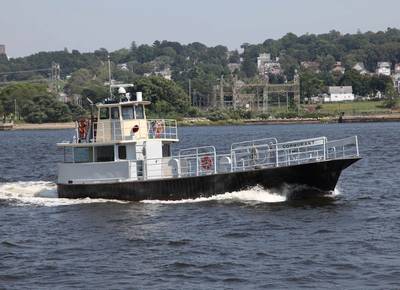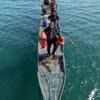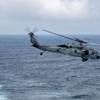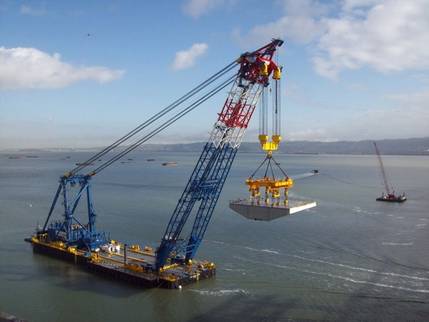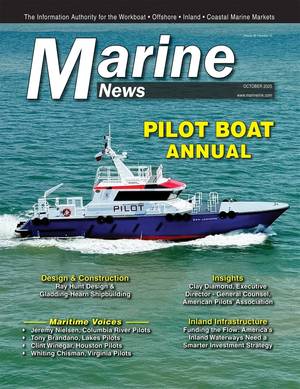After 40 Years of Service, Ferry Completes Major Refit
With thousands of miles under her keel ferrying passengers from Woods Hole, Mass., to the private island of Naushon, part of the Elizabethan Island chain south of Woods Hole, the Comorant just underwent a four-month refit at Gladding-Hearn Shipbuilding, which built the vessel in 1979.
Pret Gladding, a co-founder of the Somerset, Mass.-based shipyard, designed the 56 ft., 49 passenger ferry for the Naushon Island Trust. The Cormorant is the year-round lifeline to this small island community, carrying home owners and guests, maintenance workers, building materials, horses, hay, mail, fuel and waste. “It was a real pleasure to work on one of Pret Gladding’s last scratch designs. The ferry is very well maintained and still perfect for the application so definitely worth the re-investment,” said Peter Duclos, the shipyard’s president and director of business development.
Along with installation of a pair of new engines, gear boxes and exhaust system, the launch received numerous other upgrades. Portions of wasted hull plating were replaced. A significant portion of the electrical system was replaced and updated. Various mechanical systems were repaired or replaced, including the bilge, fire fighting and heating systems, and drip-less shaft seals.
The Comorant’s original twin General Motors 6V53 148 Bhp diesel engines were replaced with John Deere 4045FM85 EPA Tier 3 diesel engines, each delivering 160 Bhp at 2300 rpm for a top speed of 10 knots. Twin Disc MG5050SC gears turn a pair of new three-blade propellers. The ferry’s control console in the wheelhouse was modified to accommodate new engine displays.
Given the changes to the vessel, the U.S. Coast Guard required that it was brought up to current stability standards, requiring a full inclining experiment and ultimately adding fixed ballast to offset the lighter machinery package. “For a small vessel she has a very complex series of stability conditions to cope with her multi-faceted mission. We are very happy with the outcome. The vessel is significantly quieter, cleaner and greener than she was before. Our in-house design and naval architecture team did a great job.” said Duclos.



